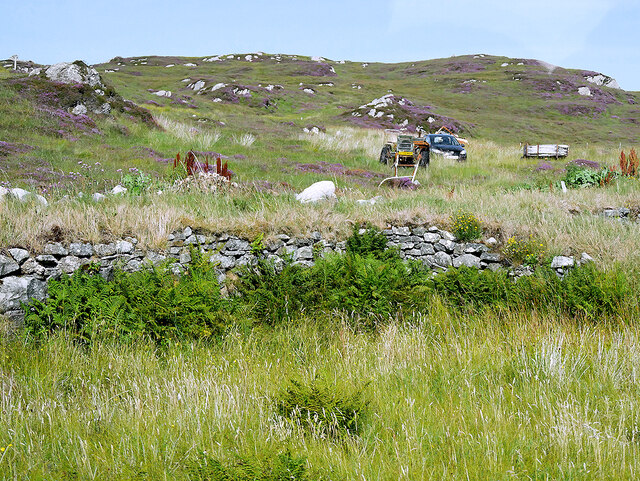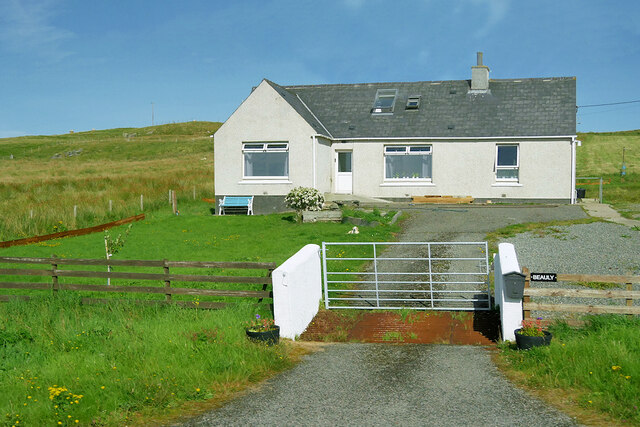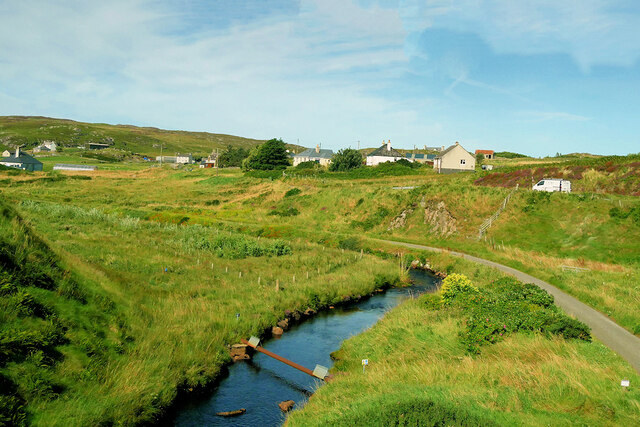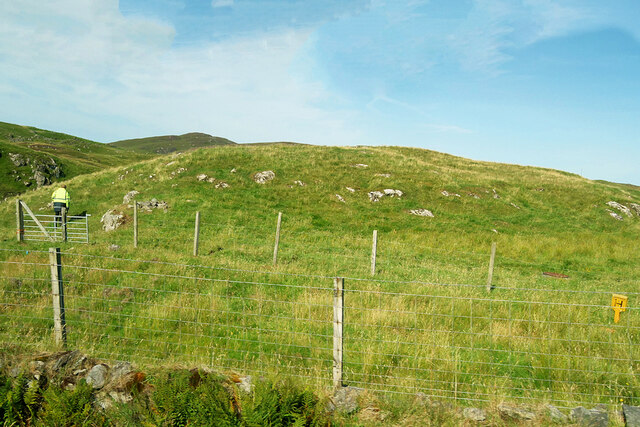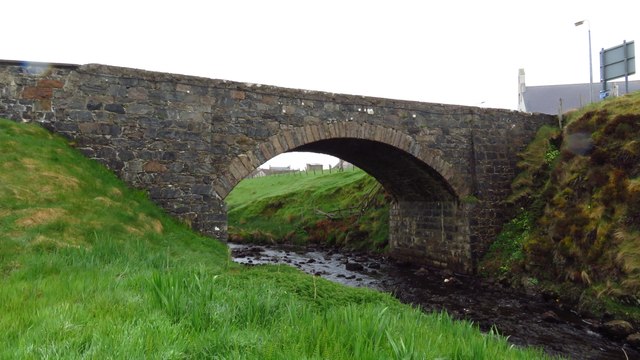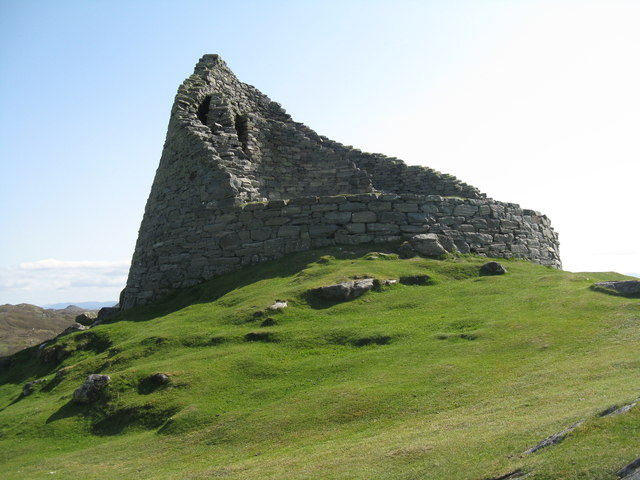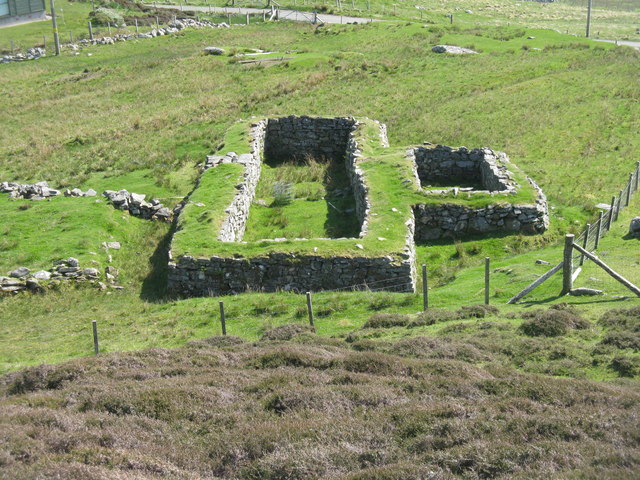Cnoc a' Phiòbaire
Hill, Mountain in Ross-shire
Scotland
Cnoc a' Phiòbaire
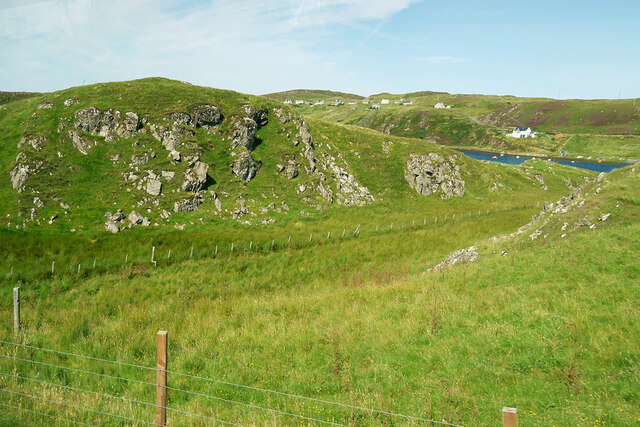
Cnoc a' Phiòbaire, also known as The Cobbler, is a prominent hill located in Ross-shire, Scotland. Situated within the Arrochar Alps, it stands at an impressive height of 884 meters (2,900 feet) and offers breathtaking views of the surrounding landscape. The hill is a popular destination for hikers and mountaineers due to its accessibility and challenging ascent.
The name "Cnoc a' Phiòbaire" translates to "hill of the cobbler" in English, and it is derived from the distinctive shape of the peak, which resembles a cobbler's last. The hill is composed mainly of siliceous quartzite, giving it a rugged and rocky terrain. This geologic composition adds to the allure of the hill, attracting climbers who seek a thrilling and adventurous experience.
Cnoc a' Phiòbaire offers various routes to the summit, catering to different levels of expertise. The most common path starts at the picturesque village of Arrochar and follows the popular "Cobbler's Path." This route takes hikers through a mixture of woodland, steep slopes, and rocky sections, providing a challenging yet rewarding ascent.
Reaching the summit rewards climbers with panoramic views of the surrounding mountains, including the iconic Ben Arthur and Loch Long. On a clear day, one can even catch a glimpse of the distant Scottish islands. The summit also features three distinctive peaks, known as the "Narnain Boulders," which add an element of interest to the hill.
Overall, Cnoc a' Phiòbaire is a remarkable hill that offers a memorable hiking experience. Its stunning views, challenging terrain, and unique geological features make it a must-visit destination for outdoor enthusiasts in Ross-shire.
If you have any feedback on the listing, please let us know in the comments section below.
Cnoc a' Phiòbaire Images
Images are sourced within 2km of 58.278327/-6.7734488 or Grid Reference NB2042. Thanks to Geograph Open Source API. All images are credited.
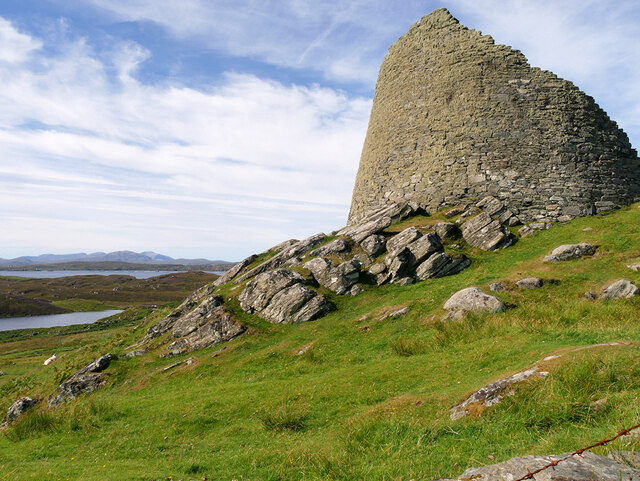
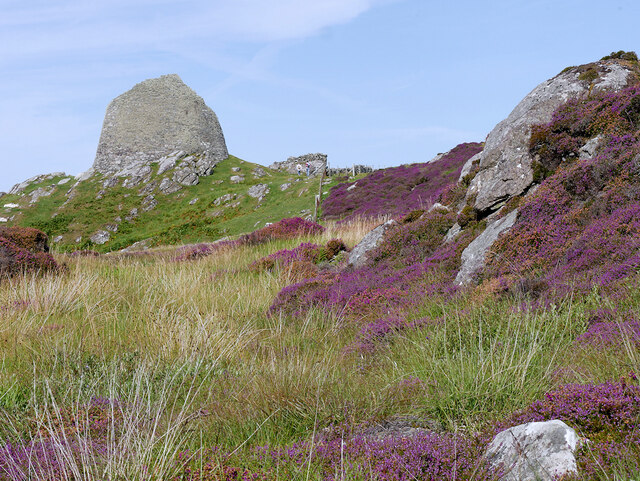
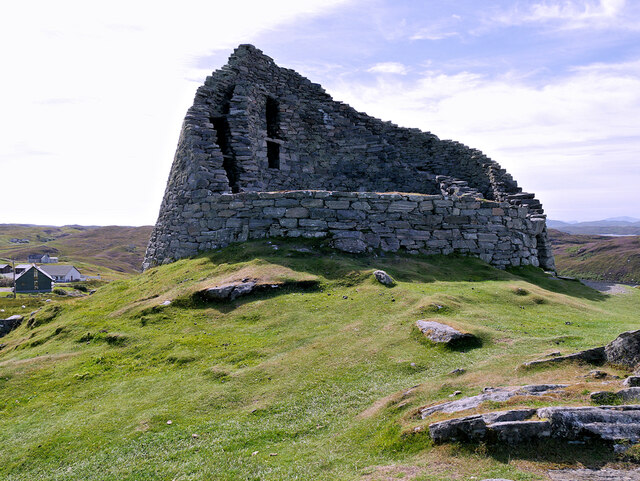
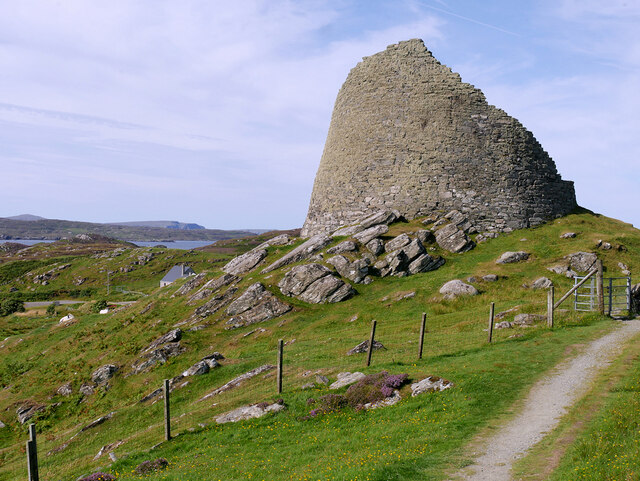
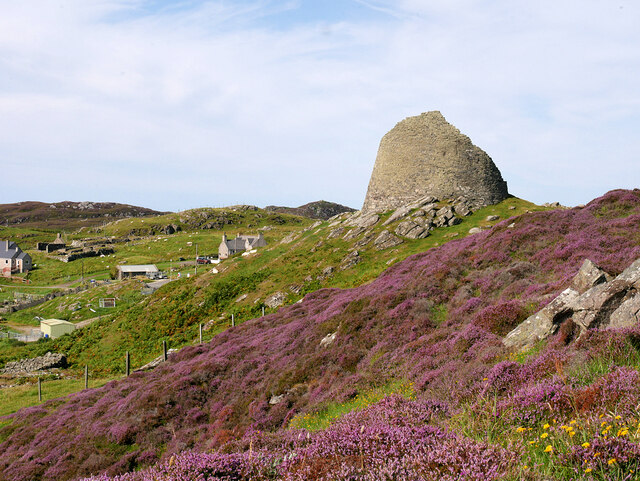
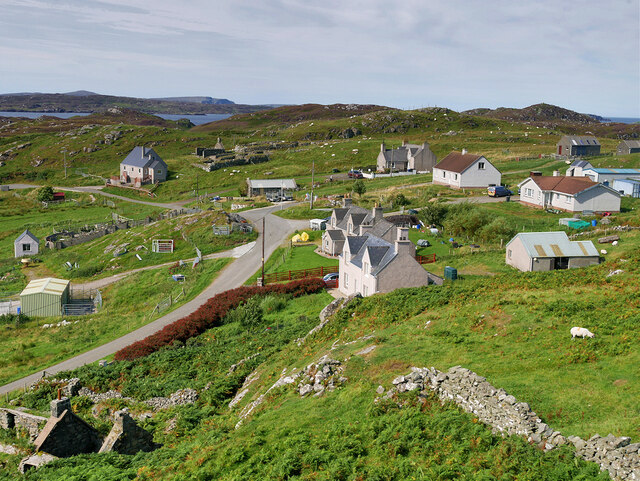
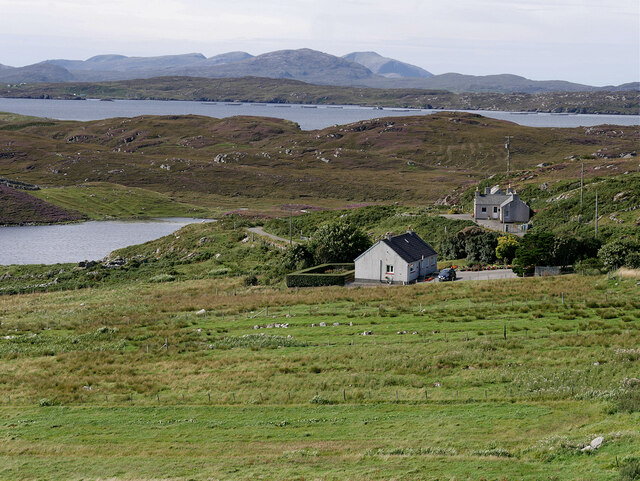
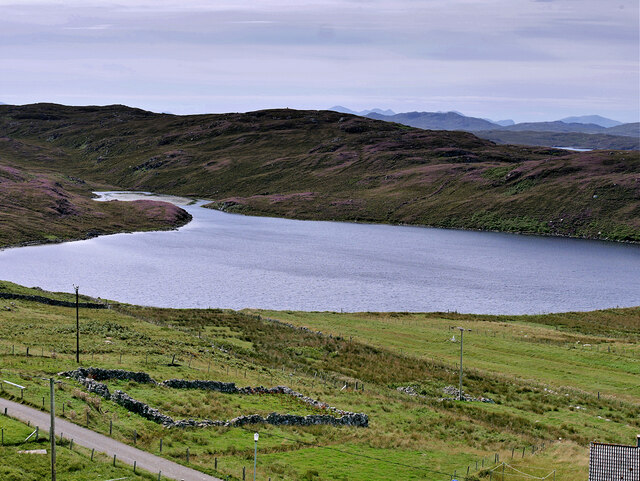
Cnoc a' Phiòbaire is located at Grid Ref: NB2042 (Lat: 58.278327, Lng: -6.7734488)
Unitary Authority: Na h-Eileanan an Iar
Police Authority: Highlands and Islands
What 3 Words
///thudded.threading.deflection. Near Carloway, Na h-Eileanan Siar
Nearby Locations
Related Wikis
Carloway
Carloway (Scottish Gaelic: Càrlabhagh [ˈkʰaːɾɫ̪ə.ɤː]) is a crofting township and a district on the west coast of the Isle of Lewis, in the Outer Hebrides...
Borrowston, Lewis
Borrowston (Scottish Gaelic: Borghastan), with a population of about 50, is a crofting township situated on the Isle of Lewis, on the Outer Hebrides of...
Dun Carloway
Dun Carloway (Scottish Gaelic: Dùn Chàrlabhaigh) is a broch situated in the district of Carloway, on the west coast of the Isle of Lewis, Scotland (grid...
Garenin
Garenin (Scottish Gaelic: Na Gearrannan) is a crofting township on the west coast of the Isle of Lewis in the Outer Hebrides of Scotland. Garenin is in...
Tolsta Chaolais
Tolsta Chaolais (also Tolastadh Chaolais, Tolstadh a' Chaolais) is a village on the Isle of Lewis, Scotland. It consists of about forty houses, clustered...
Cealasaigh
Cealasaigh or Kealasay is an islet in outer Loch Ròg, Lewis, Scotland that lies north of Traigh Mhór on Little Bernera and south of Campaigh. To the west...
Little Bernera
Little Bernera (Scottish Gaelic: Beàrnaraigh Beag) is a small island situated off the west coast of the Isle of Lewis in the Outer Hebrides.Little Bernera...
Campaigh
Campaigh or Campay is a steep and rocky islet in outer Loch Ròg, Lewis, Scotland that lies north of Cealasaigh and Little Bernera. A huge natural arch...
Nearby Amenities
Located within 500m of 58.278327,-6.7734488Have you been to Cnoc a' Phiòbaire?
Leave your review of Cnoc a' Phiòbaire below (or comments, questions and feedback).
